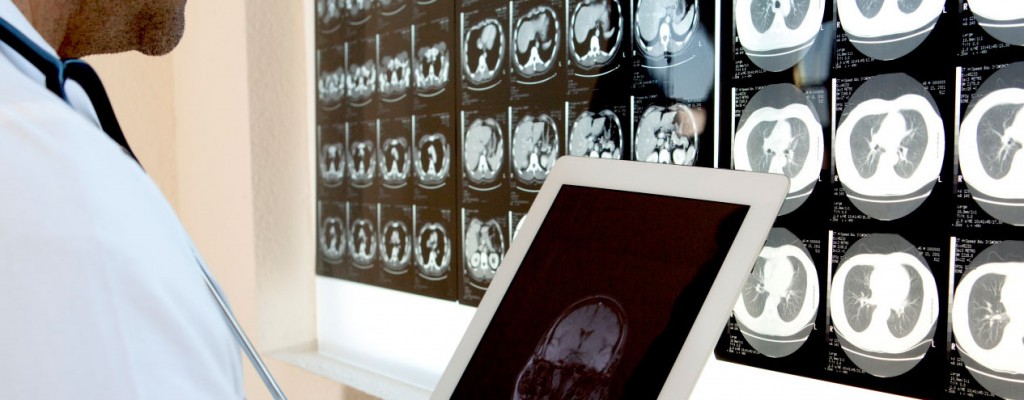ALZHEIMER’S DEMENTIA:
The most common cause of dementia, Alzheimer’s was first described by the German Neurologist Alois Alzheimer.
It’s a physical disease affecting the brain. During the course of the disease protein plaques and tangles develop in the structure of the brain, leading to the death of brain cells. Over time more parts of the brain are damaged and as this happens the symptoms become more severe.
Alzheimer’s is a progressive disease and, as it progresses the person will need more support, eventually they will need help with all their activities of daily living.
There is no specific cause for Alzheimer’s, it is believed to be a combination of age, genetics, environment, lifestyle and overall health. Scientists are currently still investigating genetic links.
VASCULAR DEMENTIA:
This is the second most common form of dementia after Alzheimers. It is caused by reduced blood flow to the brain because there is a problem with the blood vessels that supply it – if the oxygen supply to the brain fails brain cells may die. Vascular Dementia can occur either suddenly following a stroke, or over time, through a series of small strokes called multi infarct. The speed of progression varies from person to person, the symptoms can remain at a constant level for a time and then suddenly deteriorate.
The factors that increase the risk of Vascular Dementia are the same that increase the risk of Cardiovascular Disease i.e smoking, high blood pressure, high cholesterol, diabetes.
MIXED DEMENTIA:
This means that Alzheimer’s Disease, as well as stroke or small vessel disease disease may have caused damage to the brain.
DEMENTIA WITH LEWY BODIES
This is named after the doctor who first identified them – they are tiny spherical structures – deposits of protein which develop inside nerve cells and their presence in the brain leads to the degeneration of brain tissue.
Lewy Bodies are the underlying cause of several progressive diseases, notably Parkinson’s Disease. As it is progressive symptoms will get worse over several years and can often result in the person requiring nursing care.
Symptoms will depend on where the Lewy Bodies are in the brain. i.e if they are at the base of the brain movement (motor skills) will be affected – the main feature of Parkinson’s.
It is more common in people over the age of 65yrs but other than age there are few risk factors which are known to increase the chances of developing Dementia with Lewy Bodies.
FRONTOTEMPORAL DEMENTIA:
Also known as Frontal Lobe or Picks Disease.
This is caused when the nerve cells in the frontal and/or temporal lobes of the brain die and the pathways that connect with them die. These lobes control behaviour, emotions and language so personality and behaviour are initially more affected than the memory.
Frontotemporal Dementia occurs much less often than Alzheimer’s and Vascular Dementia, however it is a significant cause of dementia in 45-65 year olds.
KORSAKOFFS SYNDROME
This is named after Sergei Korsakoff – a Russian Neuropsychiatrist who discovered the syndrome during the late 19th century.
It is caused by lack of Thiamine (vitamin B1), which affects the brain and nervous system. It is linked to chronic alcohol or severe malnutrition, or both.
Korsakoffs is part of a condition known as Wernicke-Korsakoff Syndrome, this consists of two separate but related stages – Wernicke Encephalopathy followed by Korsakoffs Syndrome.
The main symptom is memory loss and it tends to be more common in men between the ages of 45-65 years old who have a long history of alcohol misuse. Woman can also be affected, they tend to be slightly younger as they tend to be more vulnerable to the affects of alcohol.
Korsakoffs cannot be diagnosed until the person has stopped drinking alcohol for several weeks, to enable the immediate symptoms of alcohol intoxication and withdrawal to subside.
RARER DEMENTIAS:
Creutzfeldt-Jacob Disease
HIV related cognitive impairment
Huntingtons Disease
Multiple Sclerosis
Niemann Pick Disease Type C

